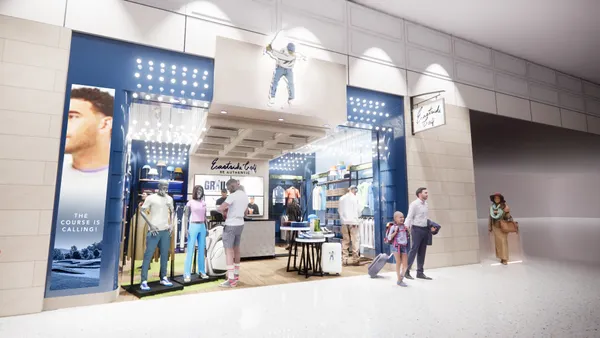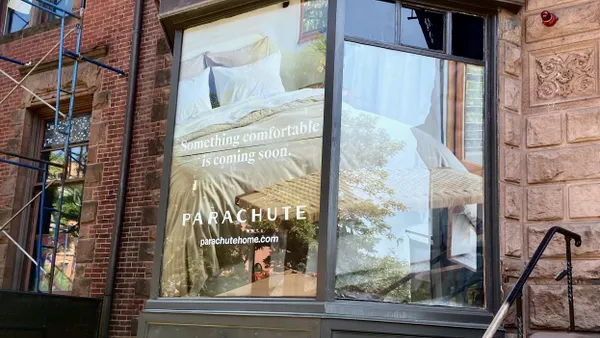Dive Brief:
-
Amazon Prime’s U.S. membership has reached 80 million, with members spending an average $1,300 per year, compared to about $700 per year spent by non-member customers, according to a report from Consumer Intelligence Research Partners (CIRP) released Tuesday.
-
Amazon’s Prime membership doubled in the past two years, according to CIRP co-founder Josh Lowitz. The measurement is up from the estimated 58 million U.S. members CIRP counted at the end of the March 2017 quarter, a 38% increase this year alone, and means that some 60% of Amazon’s customers are Prime members.
-
Also on Monday, Amazon representatives told a gathering of the Furniture Marketing Group that the e-commerce giant is making changes to its Marketplace requirements for furniture sellers to make it easier to sell on its platform, according to Furniture Today.
Dive Insight:
CIRP’s most recent count of Amazon’s Prime membership handily tops the most recent guesses (and they’re all guesses based on research because Amazon rarely reports its membership numbers), which have been closer to 63 million in previous reports. Estimates of Amazon Prime’s worldwide membership hover around 65 million to 70 million.
That Amazon Prime members spend nearly twice as much as non-members is a telling reason why Amazon has consistently sweetened the Prime pot over the years: In addition to its original advantage — free two-day shipping on many items — the company has boosted its entertainment streaming service and introduced new perks like photo storage, music streaming and others, and reserves many services and private label products for its members.
Still, Wal-Mart through its Jet unit and U.S. e-commerce operations led by Jet founder Marc Lore, appears to be gunning for Amazon’s non-Prime customers. In January, the big-box retailer ended its Amazon Prime-like ShippingPass membership program, which gave members free two-day shipping on most orders for a $49 annual fee. In its place, Wal-Mart now offers free two-day shipping to all customers purchasing orders over $35 (down from its previous $50 threshold), while shipping to stores will be free on eligible orders.
Amazon swiftly responded, lowering its own non-Prime free shipping minimum back down to $35 about a year after raising it to $50. In an interview with Retail Dive, Keith Anderson, vice president of strategy and insights at Profitero, compared that to cable television customers who'd rather pay à la carte, rather than for a slew of channels they'll never watch.
Meanwhile, Amazon is making a play for furniture buyers by smoothing its requirements for sellers in the space. Furniture stores selling on Amazon were somewhat flummoxed by shipping too far from their bases, according to the report from Furniture Today, citing remarks by Brett Hobson, Amazon's furniture business development representative. Under the new plan, furniture sellers set their own pricing, which can vary according to the level of delivery chosen by the Amazon customer. White glove delivery (to a dry room) is the minimum — Amazon won't accept drop-off at the door — but sellers can offer additional services like delivery to a customer's “room of choice,” set-up and haul away, according to the report.
Amazon is charging sellers a $39.99 monthly fee for unlimited listings, plus 15% on sales and 20% on the service fees. When sellers include service fees in their product prices Amazon customers don't see any choice in service options. The move could be a significant challenge to the likes of Wayfair, which has been a “clear winner of market share” in the countries where it operates, according to a note from Neil Saunders, GlobalData Retail managing director, emailed to Retail Dive in February. But profits have been elusive for the e-commerce furniture and home goods retailer, as it continues to plow revenues into marketing and customer acquisition.














